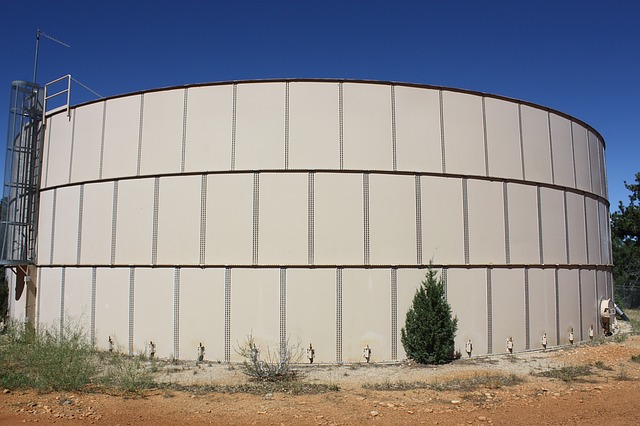In one of my graduate classes, a long time ago, the professor giving the lecture was starting to through some derivations of equations. He started out by writing down assumption that were known to be true. He paused for a moment, looking at the list of assumptions, then asked himself, as well as the whole class, “why do we assume this?”. He went on to derive and prove the assumptions, then got back on track with the equations he had started on. By not just accepting the assumptions at face value, the whole lecture was much more insightful and informative.
The reason I brought up this story, is that often we go through the motions of accepting “truths” we have heard over the years and don’t ask ourselves “why” enough.
We have all used area sources (AREA, AERACIRC, AREAPOLY, and LINE) in our dispersion modeling projects. Most of us have noticed that run time increases when area sources are included. The explanations I have heard as to why are, the bigger the area the longer the run time, or the greater the distance between the area source and receptor the longer the run time. Rather than accepting what I have heard, I have decided to answer the question as to why run time increases for area sources (over point sources) and share the results.
Just Because You Can Doesn’t Mean You Should
Before I go into my analysis of area sources, I do want to share a few pet peeves I have with how modelers have used area sources. The AREA source type has four required properties:
- Location (X, Y coordinate of the southwest corner);
- Height;
- Length (in the north-south direction); and
- Width In the east-west direction)
and two optional properties:
- Angle of rotation; and
- Initial vertical dispersion.
My annoyance has been how the rotation angle has be used. Since the location fixes the point about which the source is rotated and the orientation of the length and width are defined, in my mind, the values of the angle of rotation can only be between -45° and 45°. The reason being is at 45° (or -45°), your north-south orientation becomes your east-west orientation and vice-versa. The model will take any value from 0-360°, but it makes absolutely no sense.
My advice is to always use AREAPOLY so there is no misunderstanding where the source really is.
Proving a Point with Areas
To get an idea of how much longer model run time increase for area source versus a point source, I developed several (16) model scenarios and compared the run time between them. At model five different sources:
- POINT
- AREA, 1 m X 1 m
- AREA, 3 m X 3 m
- AREA, 10 m X 10 m
- AREA, 30 m X 30 m
at four different locations:
- 0, 0
- 0, 1000
- 0, 10000
- 0, 100000
The same receptor grid (6512 receptors) and meteorology (only for one month) were used. I timed each model run from beginning to end. The results are below.
| SOURCE TYPE | 0: RUN_01-05 | 1 km: RUN_06-10 | 10 km: RUN_11-15 | 100 km: RUN_15-20 |
| POINT | 0:00:06 | 0:00:06 | 0:00:06 | 0:00:06 |
| AREA 1 X 1 | 0:01:15 | 0:01:00 | 0:01:00 | 0:00:36 |
| AREA 3 X 3 | 0:01:15 | 0:01:00 | 0:01:00 | 0:00:36 |
| AREA 10 X 10 | 0:01:15 | 0:01:00 | 0:01:00 | 0:00:36 |
| AREA 30 x 30 | 0:01:15 | 0:01:00 | 0:01:00 | 0:00:36 |
Summarizing
The “truths” that the size and source-receptor distance impact area source run time appear to be myths. The differences in run time due to distance may an artifact of meteorology (wind direction) since only one month of data were use. Since the receptors were not aligned with the wind directions, this would be one explanation. Using a radial grid instead of a cartesian grid would definitely provide a complete answer. For the most part, an area source will take about ten times longer to run than a point source. If you are trying to estimate run time and resources for a modeling project, this is definitely something to take into consideration.
If you found this article informative, there is more helpful and actionable information for you. Go to http://learn.naviknow.com to see a list of past webinar mini-courses. Every Wednesday (Webinar Wednesday), NaviKnow is offering FREE webinar mini-courses on topics related to air quality dispersion modeling and air quality permitting. If you want to be on our email list, drop me a line at [email protected].
One of the goals of NaviKnow is to create an air quality professional community to share ideas and helpful hints like those covered in this article. So if you found this article helpful, please share with a colleague.
